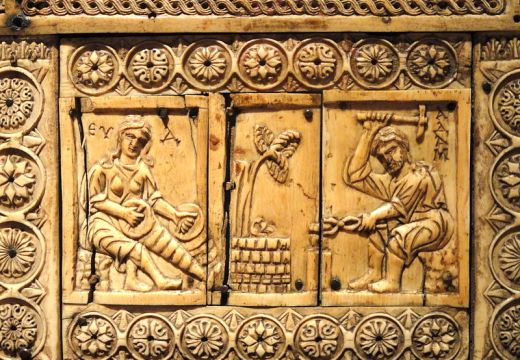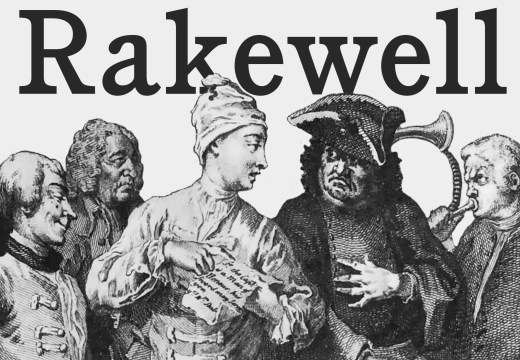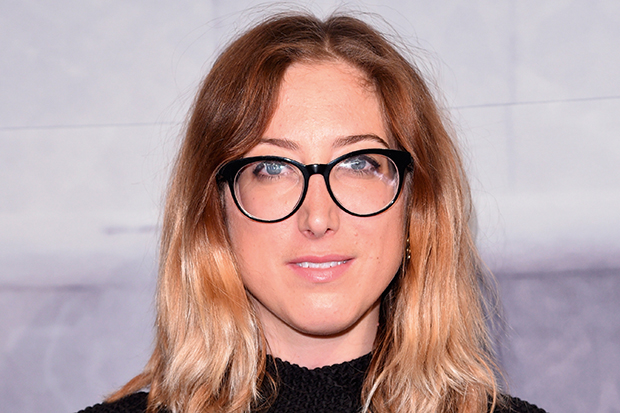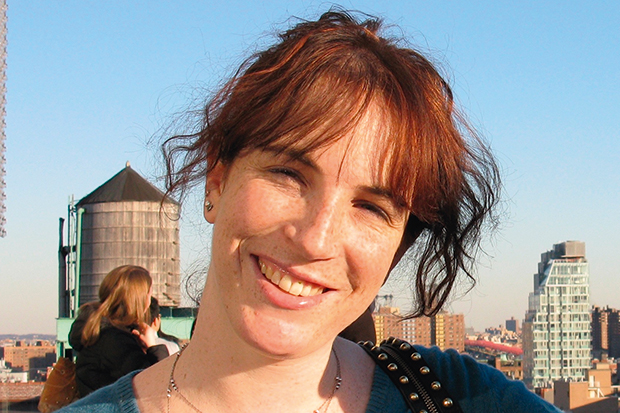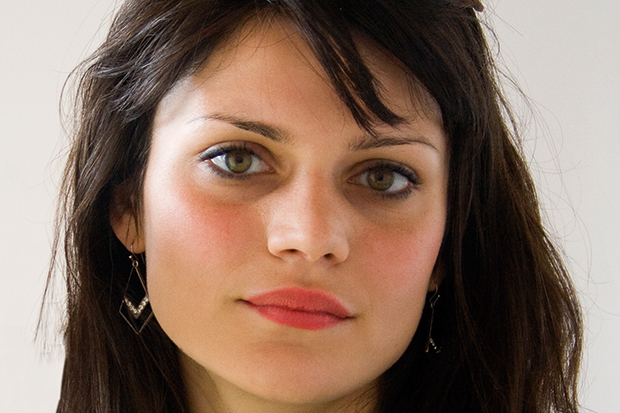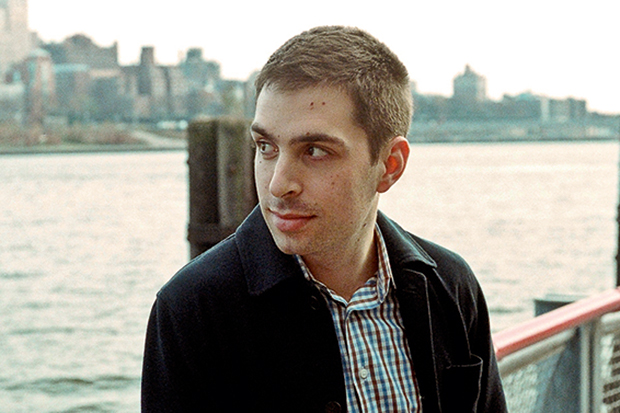The fact that it’s pretty difficult to find time to speak to Adarsh Alphons – I caught him early one morning, before a full day of meetings, a little bleary-eyed – is testament to the huge success of his organisation, ProjectArt. Although only four years old, ProjectArt is gathering a head of steam. What began as a children’s art workshop in Harlem, New York, in 2011, spread across the city over the following years, and looks set to expand to other US cities: first Miami, then Detroit, with others to follow. Perhaps even further afield.
His organisation’s success speaks to a need in art education in the US – what ProjectArt calls a ‘crisis’. With arts subjects increasingly devalued in school curricula, due to a perfect storm of standardised testing, corporate interests and the use of exam results to assess teaching performance, a profound deficit has emerged in arts education. Arts subjects, sidelined in favour of ostensibly more ‘useful’ STEM subjects (science, technology, engineering and mathematics), have been relegated to such an extent that many US schools no longer employ art teachers at primary or secondary level. In New York alone, 28 per cent of city schools lack a full-time art teacher; 20 per cent have no art teaching at all.
The statistics prove the STEM assumption wrong, however. The US’s consistently weak performance on the OECD list of educational standards across the developed world is inversely proportional to the amount of per capita investment in innovative new businesses it receives. It almost goes without saying that such new ideas tend to be fermented in the freer atmosphere of arts subjects. Test scores down, innovation up. Right now, something isn’t working.
ProjectArt was established to tackle this crisis. In 2011, having recognised the dearth of art education in New York, Indian-born Alphons rented office space in Harlem and set up an art workshop for children in the local area. For Alphons, the organisation is an extension of a childhood passion: as a seven-year-old, he was expelled from school for drawing in every class, but had success as a teenage artist, making portraits for Nelson Mandela, Mother Teresa and the Pope. Alphons recognised himself in the children and young people for whom art was a creative outlet and a mode of self-identification.
From its Harlem beginnings, ProjectArt rippled outwards across the five boroughs of the city. Making use of public infrastructure – usually libraries, but also parks and university buildings – ProjectArt workshops offer free art classes, on weekends, evenings and holidays, in areas of economic deprivation across the city. The workshops are set up within walking distance of schools with identified needs, and the groups are small, of no more than 15 participants, and led by skilful and engaging artists and arts educators. ProjectArt’s 10-week programmes culminate in an exhibition at a gallery space in Chelsea, New York (and, this year, at Pulse Art Fair); at the openings, the young artists proudly show off their work to family members.
The result of Alphons’ innovative approach to art education is by definition impossible to fully gauge; but one assessment might be made in reference to statistics published on the company’s site, which highlight the disparity in later-life success between those with access to arts education and those without. It’s staggering. ProjectArt is an innovative step towards closing that gap.
Ben Street
Unlimited access from just $16 every 3 months
Subscribe to get unlimited and exclusive access to the top art stories, interviews and exhibition reviews.


